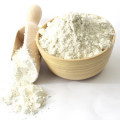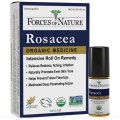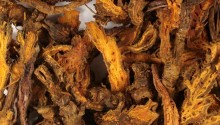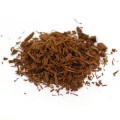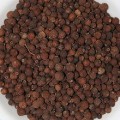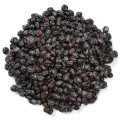 Loading... Please wait...
Loading... Please wait...- Home
- About Us
- Shipping, Returns & FAQ's
- Contact Us
-
For Your Information
- Canadian Customers Have a Choice if Shipping Via UPS
- Aura Cacia Homemade Aromatherapy Recipes
- Bella Nella Altered Art & Paper Crafts Blog
- Forms of Herbal Preparations
- Laundry Tips To Conserve Energy Blog from The Laundress
- The Story of Frontier Natural Products Co-Op
- Sovereign Silver Hydrosol and Aloe Protocol Stops Downward Spiral of Gut Dysbiosis
- Disclaimers
- Recommended Links
- RSS/Recent News
- The Story of Typhoon Housewares
- Reviews/Testimonials
- Raw Ingredients for Mfg
Coptis Rhizome Bulk
Product Description
Coptis is a perennial member of the buttercup family that is native to China. The roots have been harvested for thousands of years as a source of berberine, an isoquinoline alkaloid also found in goldenseal, barberry and Oregon grape root. This pigment is responsible for the rich yellow made from the root of this plant, which has historically been used to color wood, leather and wool. It is still used commercially as a natural dye for wool in India.
Other alkaloids in coptis root include coptisine, palmatine and hydrastine. In the early 20th century, the latter was used to synthesize hydrastinine, a drug patented by Bayer that was used to stop bleeding.
Coptis root has a long history of use in China, where it is known as huang lian and designated as one of the 50 Fundamental Herbs recognized in Chinese herbalism. While the astringent alkaloids in the root are well known to be anti-inflammatory, this herb may also stimulate bile production and should be used with caution in people with gallbladder disease.
Active compounds: Isoquiniline Alkaloids, Worenine, Coptisine, Berberine.
Appearance & aroma: Fibrous with gold coloring; no remarkable aroma.
Other uses: Decoctions of coptis root are used topically to reduce inflammation. The root can also be powdered and applied as a dry dressing or moist poultice.
Safety: This herb may inhibit the absorption of tetracycline. Do not use during pregnancy. Consult a health care practitioner before using if you have a history of gallbladder disease
Botanical name: coptis chinensis
aka: goldthread, huang lian
Origin: China
Notes: Kosher Certified. Non-irradiated. Non-GMO.
Specifications are subject to change without notice.
* FDA disclaimer
You Recently Viewed...
Currency Converter
Choose a currency below to display product prices in the selected currency.




